Chess puzzles. Ya gotta love抏m. Speaking personally, I can抰 get enough of them. Nothing satisfies the soul like solving a chess puzzle that you deem truly worthy of your intellect.
Solving chess puzzles actually can give a serious boost to your chess game - but like anything - certain rules have to be observed. Handled carelessly, chess puzzles can actually HURT your ability to play good chess.
They offer stimulation, relaxation and they improve one抯 ability to visualize - but - like fire - they can cause profound damage when handled improperly. The key thing to look out for is that you don抰 permit your chess pleasure to cause you to cultivate negative habits that impact upon your chess business.
So, along with all of the excitement about chess puzzles - there are some caveats too. Not just things to think about - but things to take serious consideration of whenever you sit down to solve a chess puzzle.
The good news though, is that you don抰 have to give up your favorite pastime altogether to protect your chess game. Armed with a proper philosophy, you can use chess puzzles as originally intended - to AID your chess studies - and with no ill effects down the road.
Chess puzzles can be a learning experience - or a bug hunt - your choice. Like jigsaw puzzles, just solving them doesn抰 teach you anything. It抯 HOW you solve them that makes the difference.
It is my feeling that most people choose the 揵ug hunt?methodology to solve chess puzzles. They mull over the position, moving pieces about in their mind - try out a promising path - and if that path fails they choose another. After all, it抯 just for fun - and if they wanted a serious game they抎 go find one. At least - that抯 the way I used to feel about chess puzzles.
But chess puzzles ARE serious - and that抯 exactly the point that this article wants to make. They are serious forms of training - and they have serious impact on your behavior at the chessboard.
Here are some things to remember when working with a chess puzzle...
1) A major weakness of chess puzzles is that you already KNOW that the solution IS on the chessboard. In a real training scenario - you would be required to use your tactical vision - the result of many hours of scan training - to learn to make that determination.
That抯 not bad - but if you don抰 stay clear of mind, you just might be tempted to take half-way measures. Don抰 just jump in where you are turning pieces about in your mind until they all fall together. This is a bad habit to fall into - and it can devastate your chances of winning an actual chess game. If you do this now - you can抰 be sure that you won抰 succumb to the temptation to do it later.
The solution? Treat the puzzle as if it WERE an actual chess game.
Make the next move YOUR move. Don抰 just accept the scenario as is. Try to understand how you got there. Understand WHY you should be making your next move from the STRATEGIC point of view.
Even if you find that you don抰 have a clue, so what? If you are a chess player - you MUST be accustomed to that by now. You may ultimately have to give in and sneak a peek at the solution but that really is not what ANY puzzle is all about.
Like a puzzle cube, or the daily crossword - you must learn to see the solution - not fall over it - and you will get much more out of the process of solving chess puzzles in the bargain.
Train in a chess gym. Practice some end games with your chess computer. READ. Then return to the puzzle again to see if some light has dawned. Until you know WHY your puzzle took the path to the final solution that it took - you have NOT solved the chess puzzle.
2) The next issue? Chess puzzles are predetermined, leaving the solution as the only thing that you will need to 搕hink out?
This in many ways encourages you to dispense with thinking for yourself. It doesn抰 have to be that way. Just play by the rules - which should actually be part of your chess habit anyway.
Don抰 cut any corners just because the game is in an advanced stage.
Make your knight color scans. Check for tactical opportunities. Acquaint yourself with the board position - to include the pawn structure. Take the introspective view to puzzle solving.
Remember that whenever you make any move on the chessboard, nothing relieves you of the responsibility of approaching your next move from the beginning.
That means that you must ALWAYS preface your review of the puzzle scenario with a solid scan for every check and capture - from BOTH sides of the chessboard. A strong temptation might be to go directly for the solution, turning the critical pieces about in your mind, but don抰 give in to it. You might save yourself some time - but you will be teaching yourself a seriously bad habit at the same time - a habit that might become very difficult to break.
3) Play the puzzle out against a computer or a person. That way, there is a penalty for making a wrong decision. In addition to that, the puzzle will be in front of you as a formal game - instead of a picture in a manual - and you will be more likely to treat it as such.
So, those are my tips to getting more from your chess puzzles. When you approach a chess puzzle - try to approach the scenario as if you had no idea that a predetermined solution was imminent.
Anybody - given time - can trip over the answer to a puzzle (even a cube puzzle) - but can that person then re-scramble the puzzle and get to the solution again? Likely not, I should think.
Take puzzle solving to the next level. Learn to solve the puzzle by application of the rules of chess. Have fun - and learn something - all at the same time.
Good Luck!



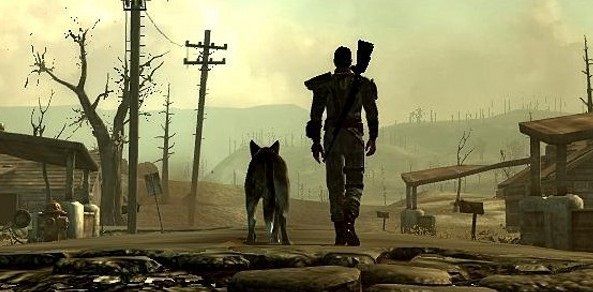
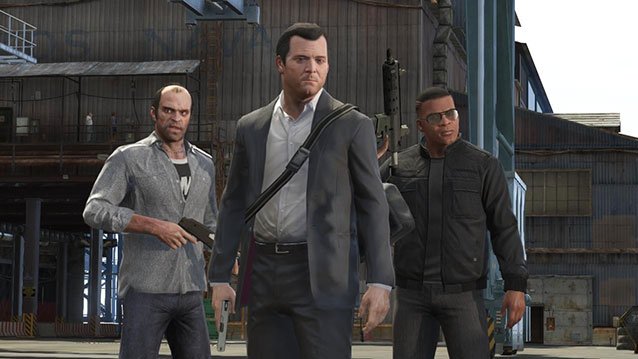

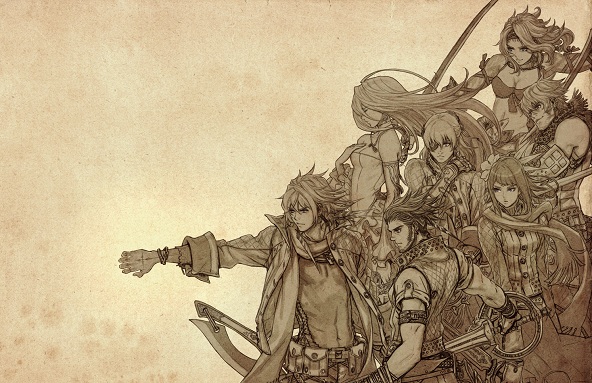 The Last Story Walkthrough
The Last Story Walkthrough DmC Devil May Cry Guide: How to Master Dante's Weapons
DmC Devil May Cry Guide: How to Master Dante's Weapons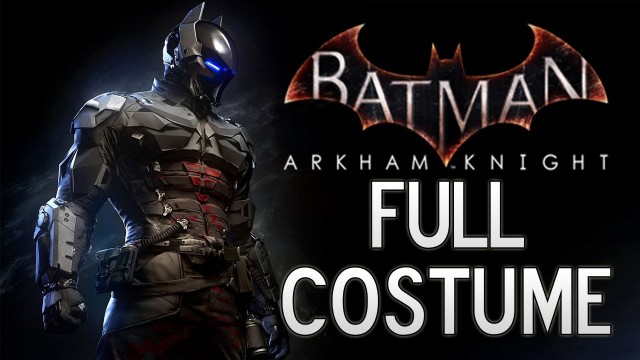 Batman: Arkham Knight Guide Explains You How To Unlock All Costumes, DLC and Pre-Order Included
Batman: Arkham Knight Guide Explains You How To Unlock All Costumes, DLC and Pre-Order Included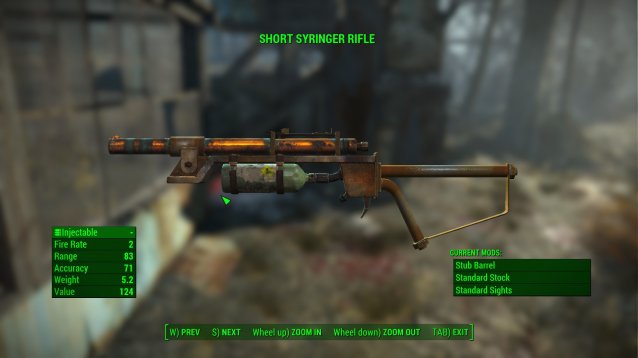 Fallout 4 Guide: How to Get and Use The Syringer
Fallout 4 Guide: How to Get and Use The Syringer Sieger Walkthough
Sieger Walkthough